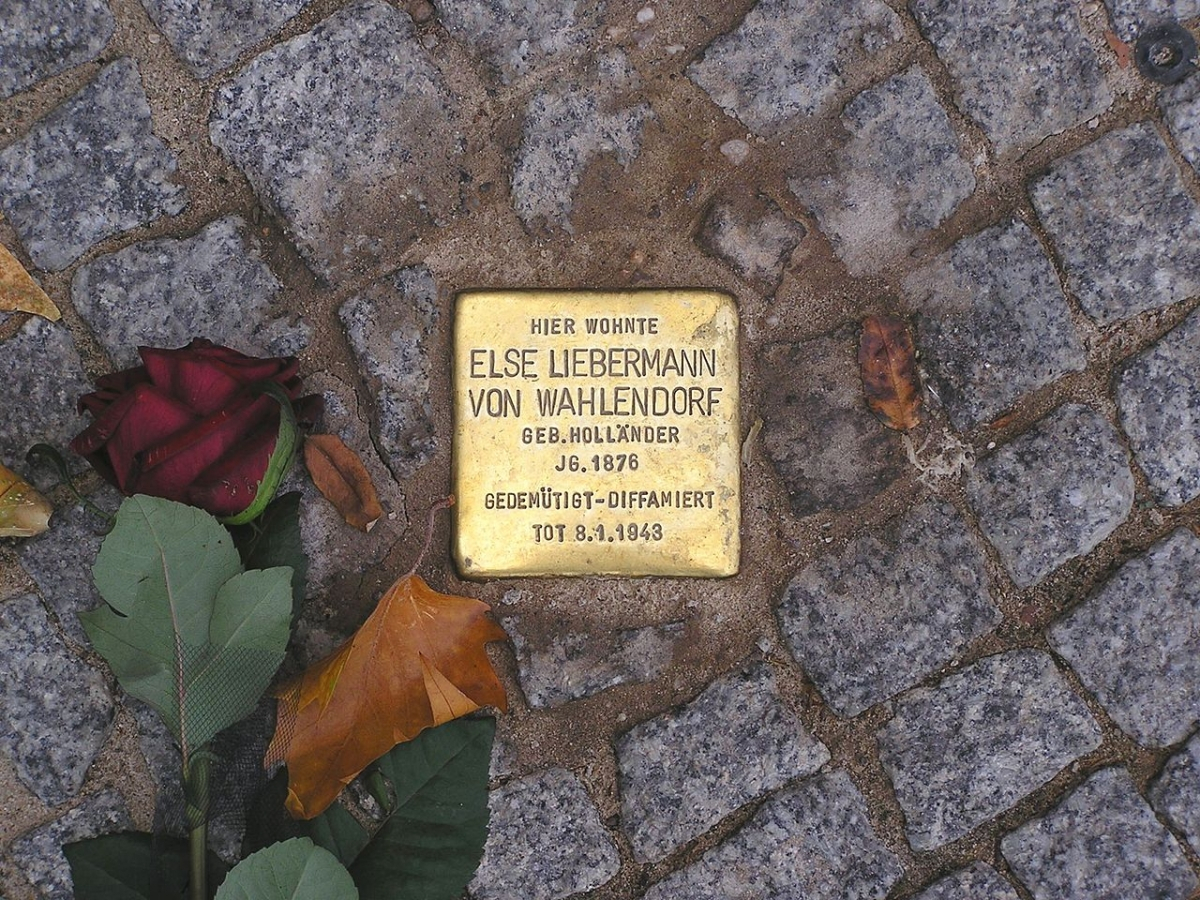The laying of the so-called "Stolpersteine" (stumbling blocks) began as an artistic intervention in public spaces. Today, the 70,000 stones, laid in 24 countries, together form one of the largest decentralized monuments in Europe. The stones are regarded as a memory project deeply rooted in society and are a worldwide source of inspiration for similar projects. However, this development does not meet with approval everywhere. Critics who point out the problems and limits of participatory forms of remembrance regularly speak out.
At an international conference in Berlin, various research projects on the history of the "Stolpersteine" were discussed. The results of the conference are documented in a book.
Project results:
The international conference took place under the title "Steine des Anstoßes oder normiertes Recht?" took place on 21 and 22 February in Berlin. Organisers: The Centre for Contemporary History Potsdam (ZZF), Coordination Office Stolpersteine Berlin
with the support of the Foundation - Traces - Gunter Demnig and and the Association of Friends and Sponsors of the Centre for Contemporary History Research Potsdam.
Publication
Silvija Kavčič/Thomas Schaarschmidt/Anna Warda/Irmgard Zündorf (Hrsg.): Steine des Anstoßes. Die Stolpersteine zwischen Akzeptanz, Transformation und Adaption, Metropol-Verlag, Berlin, 2021


